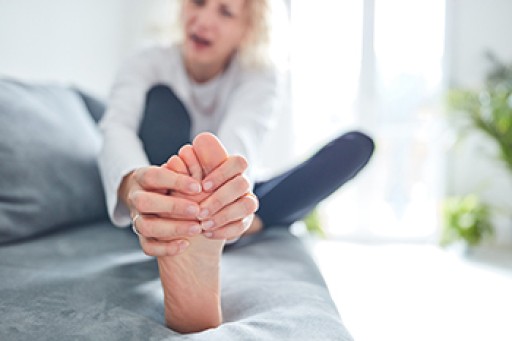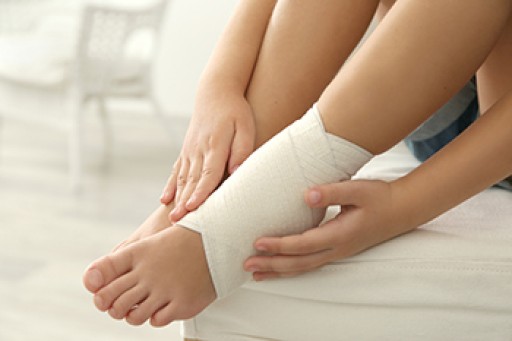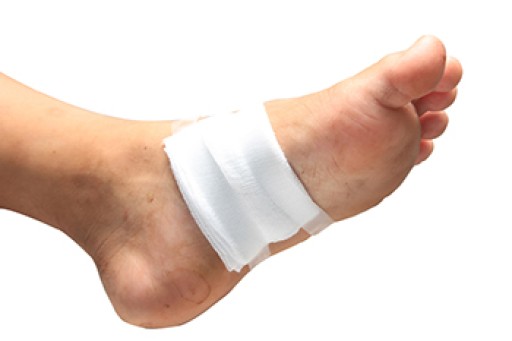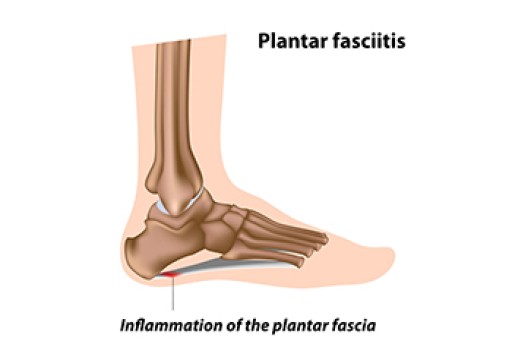
Patients who have pain in the arch of their foot may notice it can be difficult to complete daily activities. The arch is responsible for many functions including absorbing shock, balancing, and helping the body to adapt to various surfaces. The pain may radiate to the heel and the ball of the foot, and this may be a result of foot conditions. An abnormal foot structure can cause arch pain, and people who have gained weight or who have undergone extreme physical stress may have pain in this part of their foot. Some of the ailments that are associated with arch pain are plantar fasciitis, heel spurs, and adult-acquired flatfoot. For example, cavus foot can be indicative of having an extremely high arch and may be accompanied by hammertoe and calluses. If you have foot or arch pain for any reason, please consult a podiatrist who can provide a proper diagnosis and offer you effective treatment remedies.
Foot Pain
Foot pain can be extremely painful and debilitating. If you have a foot pain, consult with Terri Quebedeaux, DPM from Agave Podiatry . Our doctor will assess your condition and provide you with quality foot and ankle treatment.
Causes
Foot pain is a very broad condition that could be caused by one or more ailments. The most common include:
- Bunions
- Hammertoes
- Plantar Fasciitis
- Bone Spurs
- Corns
- Tarsal Tunnel Syndrome
- Ingrown Toenails
- Arthritis (such as Gout, Rheumatoid, and Osteoarthritis)
- Flat Feet
- Injury (from stress fractures, broken toe, foot, ankle, Achilles tendon ruptures, and sprains)
- And more
Diagnosis
To figure out the cause of foot pain, podiatrists utilize several different methods. This can range from simple visual inspections and sensation tests to X-rays and MRI scans. Prior medical history, family medical history, and any recent physical traumatic events will all be taken into consideration for a proper diagnosis.
Treatment
Treatment depends upon the cause of the foot pain. Whether it is resting, staying off the foot, or having surgery; podiatrists have a number of treatment options available for foot pain.
If you have any questions, please feel free to contact our offices located in Seguin, LaVernia, Gonzales, and Lockhart, TX . We offer the newest diagnostic and treatment technologies for all your foot care needs.











